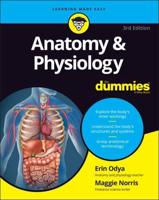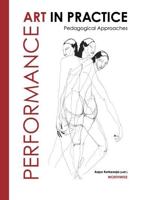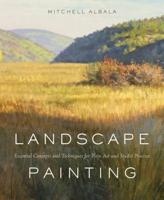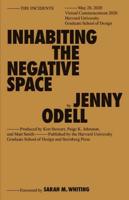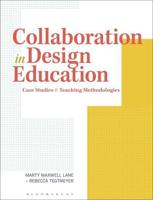Publisher's Synopsis
Everywhere to-day is the Illustrator (artist he may not always be), for never was illustration so marketable as now; and the correspondence-editors of the Sunday papers have at length found a new outlet for the superfluous energies of their eager querists in advising them to "go in" for black and white: as one might advise an applicant to adventure upon a commercial enterprise of large issues and great risks before the amount of his capital (if any) had been ascertained.It is so very easy to make black marks upon white cardboard, is it not? and not particularly difficult to seize upon the egregious mannerisms of the accepted purveyors of "the picturesque"-that cliché phrase, battered nowadays out of all real meaning.But for really serious art-personal, aggressive, definite and instructed-one requires something more than a penchant, or the stimulating impulsion of an empty pocket, or even the illusory magnetism of the vie bohême of the lady-novelist, whose artists still wear velvet coats and aureoles of auburn hair, and marry the inevitable heiress in the third volume. Not that one really wishes to be one of those creatures, for the lady-novelists' love-lorn embryonic Michael Angelos are generally great cads; but this by the way!What is wanted in the aspirant is the vocation: the feeling for beauty of line and for decoration, and the powers both of idealizing and of selection. Pen-drawing and allied methods are the chiefest means of illustration at this day, and these qualities are essential to their successful employ. Practitioners in pen-and-ink are already numerous enough to give any new-comer pause before he adds himself to their number, but certainly the greater number of them are merely journalists without sense of style; mannerists only of a peculiarly vicious parasitic type."But," ask those correspondents, "does illustration pay?" "Yes," says that omniscient person, the Correspondence-Editor. Then those pixie-led wayfarers through life, filled with an inordinate desire to draw, to paint, to translate Nature on to canvas or cardboard (at a profit), set about the staining of fair paper, the wasting of good ink, brushes, pens, and all the materials with which the graphic arts are pursued, and lo! just because the greater number of them set out, not with the love of an art, but with the single idea of a paying investment of time and labour-it does not pay! Remuneration in their case is Latin for three farthings.Publishers and editors, it is said, can now, with the cheapness of modern methods of reproduction as against the expense of wood-engraving, afford to pay artists better because they pay engravers less. Perhaps they can. But do they?


